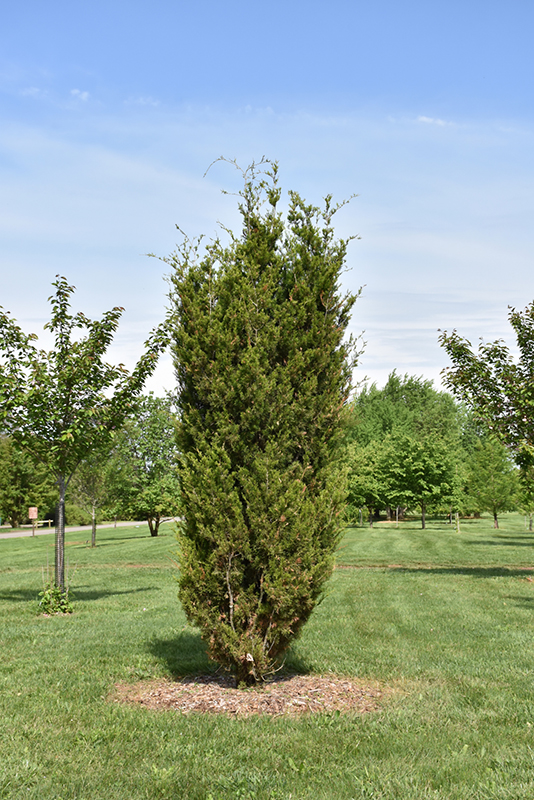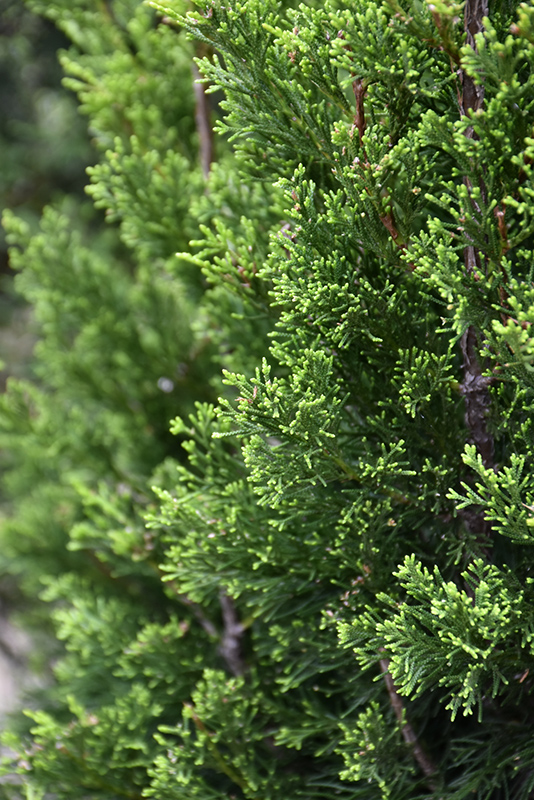>> Home
Brodie Redcedar
Juniperus virginiana 'Brodie'
Height: 25 feet
Spread: 7 feet
Sunlight:
![]()
Hardiness Zone: 6a
Other Names: Brodie Juniper
Description:
A columnar evergreen that features attractive, feathery light foliage texture and reddish brown peeling bark; adaptable to dry soils, but needs full sun; excellent for articulation or landscape screening; makes a great hedge
Ornamental Features
Brodie Redcedar is primarily valued in the landscape for its rigidly columnar form. It has attractive forest green evergreen foliage which emerges light green in spring. The scale-like sprays of foliage are highly ornamental and remain forest green throughout the winter. It produces silvery blue berries from late spring to late winter. The peeling brown bark adds an interesting dimension to the landscape.
Landscape Attributes
Brodie Redcedar is a dense multi-stemmed evergreen tree with a narrowly upright and columnar growth habit. It lends an extremely fine and delicate texture to the landscape composition which can make it a great accent feature on this basis alone.
This is a relatively low maintenance tree, and is best pruned in late winter once the threat of extreme cold has passed. It is a good choice for attracting birds to your yard, but is not particularly attractive to deer who tend to leave it alone in favor of tastier treats. It has no significant negative characteristics.
Brodie Redcedar is recommended for the following landscape applications;
- Accent
- Vertical Accent
- Hedges/Screening
- General Garden Use
Planting & Growing
Brodie Redcedar will grow to be about 25 feet tall at maturity, with a spread of 7 feet. It has a low canopy with a typical clearance of 1 foot from the ground, and is suitable for planting under power lines. It grows at a medium rate, and under ideal conditions can be expected to live for 70 years or more.
This tree should only be grown in full sunlight. It is very adaptable to both dry and moist growing conditions, but will not tolerate any standing water. It is considered to be drought-tolerant, and thus makes an ideal choice for xeriscaping or the moisture-conserving landscape. It is not particular as to soil type or pH. It is highly tolerant of urban pollution and will even thrive in inner city environments. This is a selection of a native North American species.

